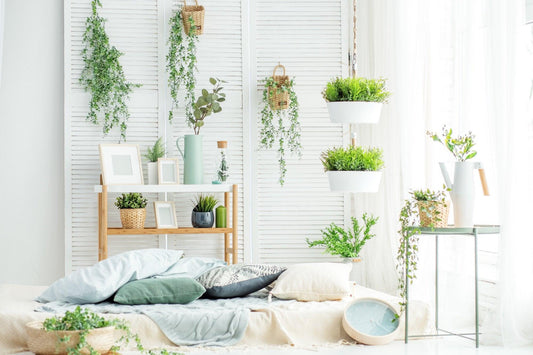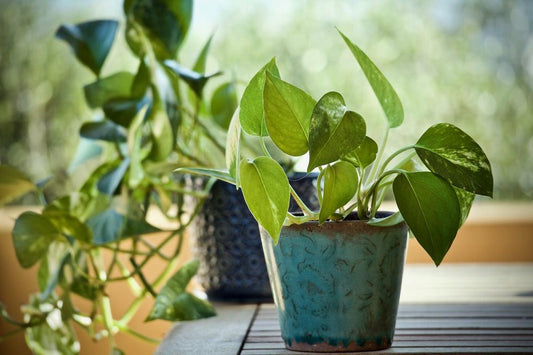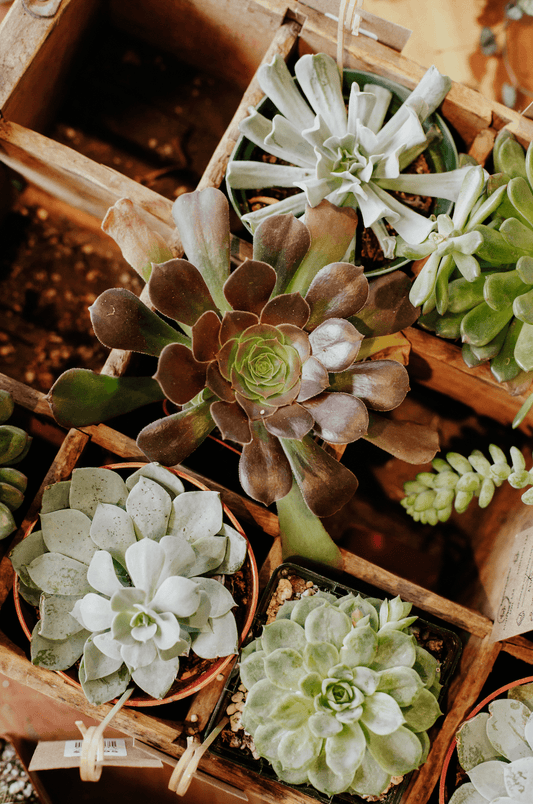SYNGONIUM
How to Care for the SYNGONIUM Plant
Overview
The Syngonium plant, also known as the arrowhead plant, is a popular houseplant with attractive foliage. There are several species within this genus, and they are native to tropical rainforests of Central and South America. The leaves of the Syngonium plant are arrow-shaped and come in a variety of colors, including green, pink, and variegated shades. The plant can climb if provided with a support structure, but it is often grown as a trailing plant in hanging baskets or as a tabletop plant.
One of the unique features of Syngonium plants is their ability to change shape as they mature. Younger plants have smaller leaves and a more compact growth habit, while older plants will develop larger leaves and may start to climb or vine.
Syngonium plants are also known for their air-purifying properties, as they can help remove harmful toxins from the air in your home. They are generally safe to keep around pets and humans, although the sap from the leaves can cause skin irritation in some people.

Profile
Native to tropical rainforests in South America, the Syngonium plant is easy to grow and can adapt to a variety of indoor conditions. These plants prefer bright, indirect light, but can also tolerate low light conditions. They do well in humid environments and prefer well-draining soil that is kept evenly moist. Watering once a week is usually sufficient, but it's important not to overwater the plant as it can cause root rot. Allow the soil to dry slightly between waterings.
Syngonium plants can be propagated through stem cuttings, which can be rooted in either water or potting mix. They also benefit from frequent pruning to encourage bushier growth and prevent legginess. It's important to remove flowers as they appear, as the plant will enter a dormant period or die shortly after blooming.
Syngonium plants are generally safe to keep around pets and humans, as they are non-toxic. However, it's always best to keep plants out of reach of children and pets to avoid accidental ingestion.



Partial/Indirect Light
Syngonium plants require partial, indirect light when grown indoors. They can tolerate lower light, but it may result in slower growth and leggy stems. Direct sunlight can burn the leaves and cause the colors of the foliage to fade, so it's best to avoid placing them in direct sunlight. If you plan to grow Syngonium plants outdoors, choose a spot with some shade to protect them from intense sunlight. They prefer higher humidity levels and temperatures between 65-80°F, making them a great addition to indoor spaces. Syngonium plants are sensitive to cold temperatures, so it's important to avoid drafts and direct airflow from heaters during the winter months.

Occasional
Syngonium plants prefer consistently moist soil but are prone to root rot if overwatered. It's best to allow the top inch of soil to dry out before watering again. When watering, use filtered or rainwater as they are sensitive to chemicals and minerals found in tap water. Overwatering can cause the leaves to droop and yellow, so be cautious not to let the soil remain waterlogged. It's also important to ensure proper drainage and not let the plant sit in standing water for extended periods. When repotting, choose a pot with good drainage and use a well-draining potting mix with added perlite or sand to improve drainage.

Easy breezy
FREQUENTLY ASKED QUESTIONS (FAQs)
on SYNGONIUM
Why are the leaves turning yellow?
Yellowing leaves on Syngonium plants can be caused by several factors, including overwatering, underwatering, low humidity, nutrient deficiencies, or pest infestations. To address the issue, check the soil moisture level and adjust watering accordingly, increase humidity levels, and fertilize the plant with a balanced fertilizer. If pest infestations are suspected, treat the plant with an appropriate insecticide.
How do I propagate Syngonium plants?
Syngonium plants can be easily propagated through stem cuttings. Select a healthy stem with several leaves, and cut it just below a node. Remove the bottom leaves, leaving only two or three at the top, and place the cutting in a jar of water, or directly in a pot filled with moist potting soil. Keep the soil consistently moist and in a warm, bright spot, but out of direct sunlight. Roots should form within a few weeks, and the new plant can be transplanted to a larger pot once it has established roots.



